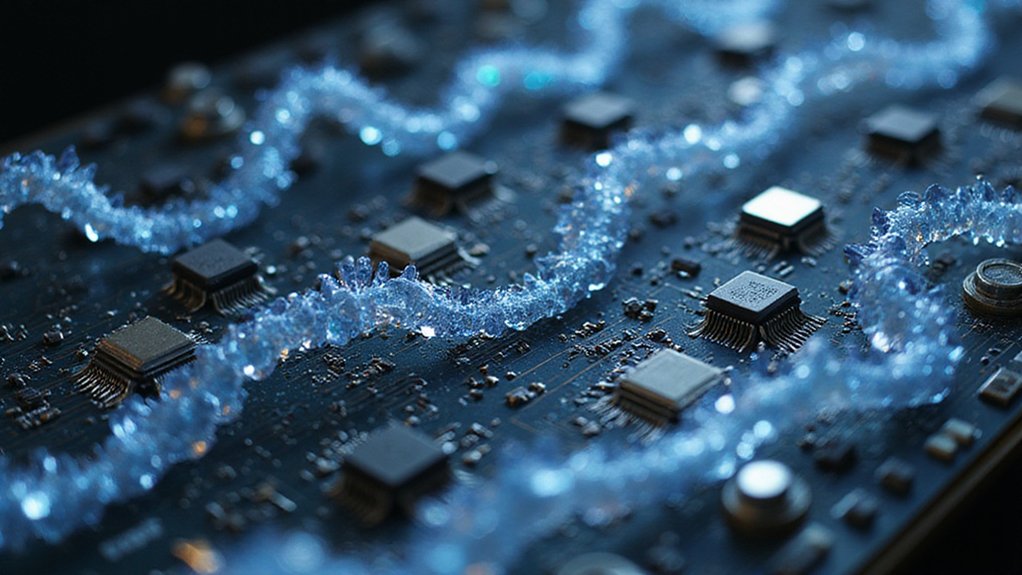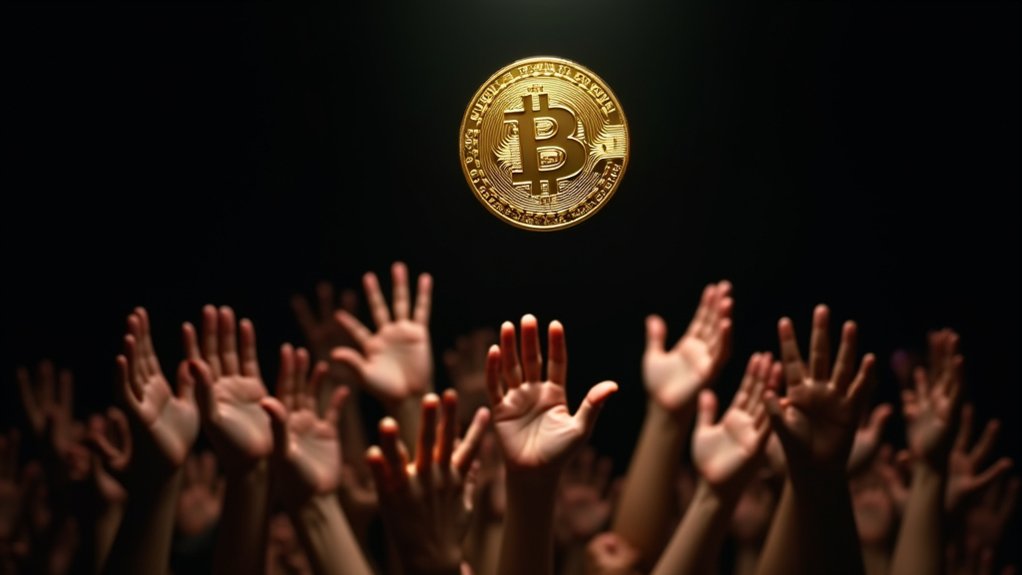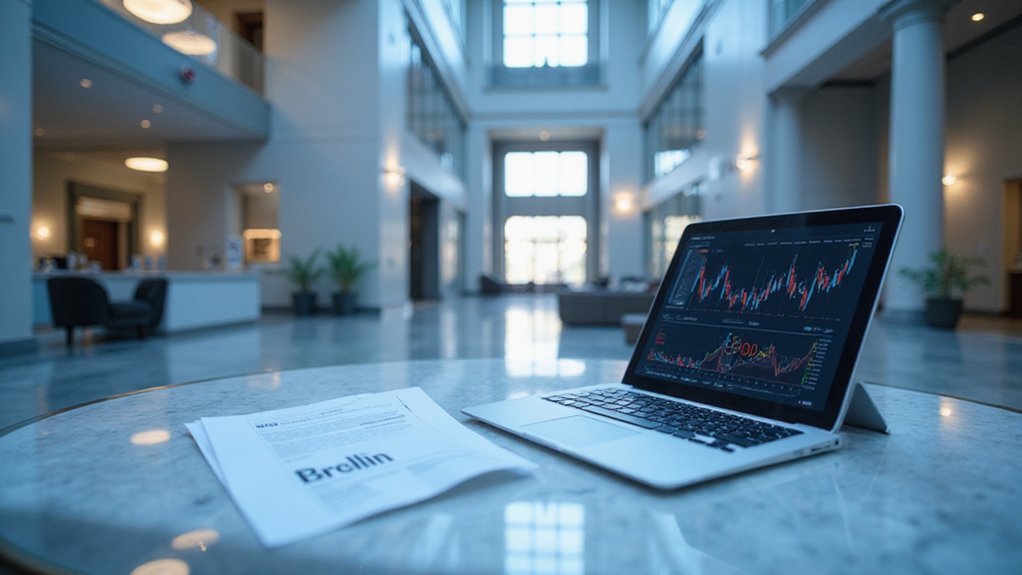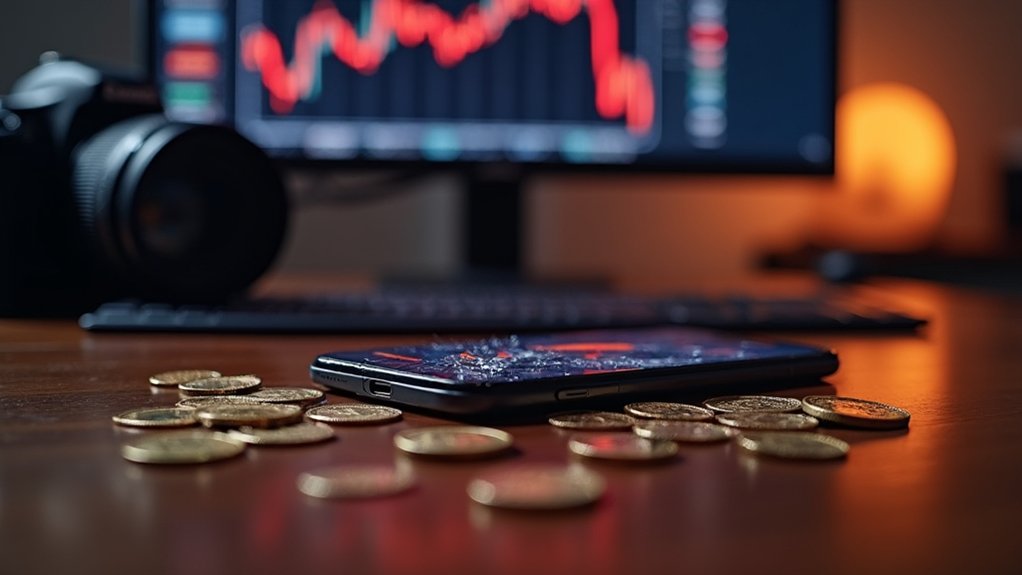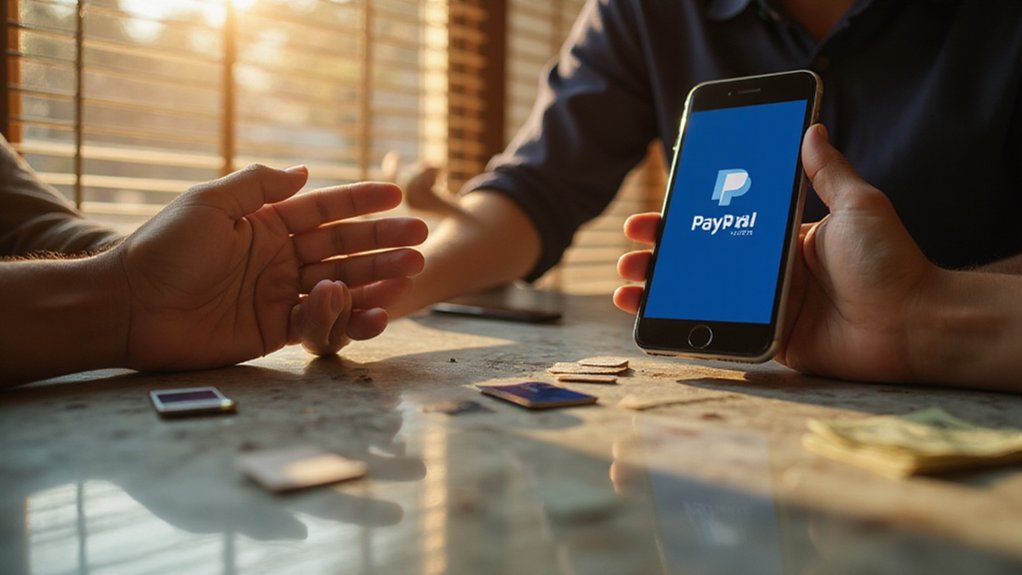While the financial world has long grappled with the challenge of making illiquid assets more accessible—a problem that has traditionally required armies of intermediaries, mountains of paperwork, and months of settlement periods—blockchain technology now offers a rather elegant solution through Real-World Asset (RWA) tokenization.
These digital mirrors represent a fundamental shift in how we conceptualize ownership itself. By creating tokenized counterparts of physical assets—from Manhattan penthouses to vintage wine collections—blockchain technology produces what amounts to digital twins that mirror their physical counterparts with remarkable fidelity. The process transforms traditionally illiquid assets into fractional, tradable units that can be bought and sold with the same ease as purchasing cryptocurrency (though admittedly with considerably more regulatory oversight).
The liquidity enhancement proves particularly compelling. Where once a $50 million commercial property required finding a single buyer with extraordinary capital, tokenization enables thousands of investors to participate with modest investments. This fractional ownership model operates around the clock, liberating assets from the constraints of traditional market hours and geographic limitations.
The numbers speak volumes: RWA-related DeFi protocols already command approximately $5 billion in total value locked, suggesting this isn’t merely theoretical innovation.
Blockchain’s immutable ledger provides transparency that would make traditional asset managers weep with envy. Smart contracts execute transactions automatically based on predetermined criteria, eliminating the human error and fraud that have plagued traditional asset transfers for centuries. Every transaction becomes permanently recorded and verifiable, creating an audit trail that regulators can actually follow without requiring forensic accountants. Blockchain oracles provide the critical bridge between off-chain data and on-chain processes, ensuring real-time price data and market status remain accurately reflected in tokenized assets.
The regulatory landscape, however, remains gloriously complex. Tokenized assets must navigate jurisdiction-specific laws involving securities, property rights, and financial instruments—a challenge that becomes exponentially more intricate when assets cross borders. Compliance mechanisms embedded within smart contracts attempt to automate legal requirements, though harmonizing international regulations remains an ongoing diplomatic exercise. The process of tokenization also demands robust security measures to protect against fraud and hacking risks that threaten digital assets. These self-executing blockchain programs eliminate the need for intermediaries, reducing fees and enhancing efficiency in asset transfers.
The World Economic Forum projects $10 trillion could be tokenized by 2027, representing roughly 10% of global GDP. This radical evolution suggests we’re witnessing the early stages of a fundamental transformation in how value transfers across markets, potentially reshaping financial infrastructure itself.
